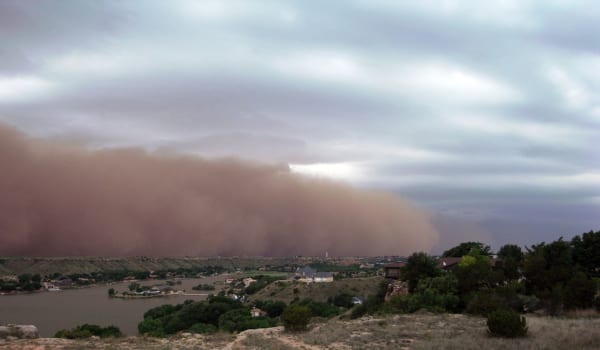
Air quality is a crucial part of the equation that factors into our health. Zoonotic diseases, those that pass from species to species – move through the air. Wind patterns, humidity, temperatures; they all play a role in how viruses move. Far too often we are singularly focused on hard-surfaces contamination and its impact. Make no mistake, that is important to understand and address. But it should not be done at the expense of ignoring the importance of airborne transmission. All modes of transmission should continually be evaluated, and infection control plans designed accordingly.
Today we will explore diseases and their travel through the air. Within the past decade, wind influences on Kawasaki Disease were noted. The disease primarily affects children less than 4 years old. The disease causes arterial inflammation, also affecting lymph nodes and mucous membranes. More on the disease and its potential to travel through the air can be found at the links directly below.
Association of Kawasaki disease with tropospheric winds in Central Chile: is wind-borne desert dust a risk factor?
A Windborne Clue To A Mysterious Childhood Disease
Kawasaki disease origin traced to northeast China: Scientists suspect a fast-acting wind-borne toxin underlies the childhood disease
Kawasaki Disease is not alone in its ability to move about through the air. Meningitis outbreaks have been linked to wind and dust levels. Those factors have been shown as predictors of seasonal outbreaks. Avian influenza is another that seems likely to ride the wind from place to place.
Sahel meningitis outbreaks linked to wind and dust levels, claim scientists: Researchers collaborate with health officials to plan vaccination campaigns after discovering how to predict seasonal outbreaks
Modelling the Wind-Borne Spread of Highly Pathogenic Avian Influenza Virus between Farms
Spatial scale in environmental risk mapping: A Valley fever case study

Leaflet [CC BY-SA 3.0 (https://creativecommons.org/licenses/by-sa/3.0)], from Wikimedia Commons
In the West and Southwest United States another airborne fungi – Fungal Disease Valley Fever – has significant impact on humans and animals. It grows in the hot soil and is so light it can be moved easily when the soil is disturbed, for example by wind, construction or farming. The studies and work done to further understand the growing Valley Fever certainly will be valuable as we endeavor to understand and combat any number of diseases that moves through the air.s
Valley Fever (Coccidioidomycosis)
Sources of Valley Fever (Coccidioidomycosis)
The detection of Coccidioides from ambient air in Phoenix, Arizona: Evidence of uneven distribution and seasonality







